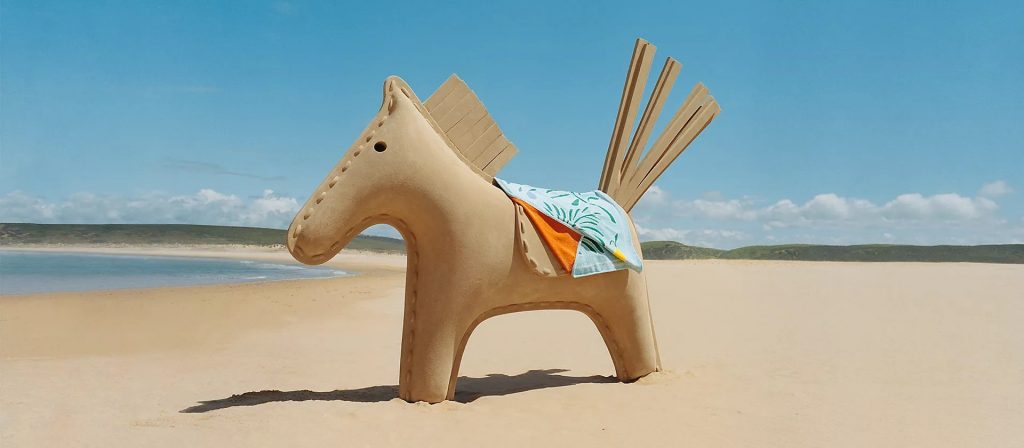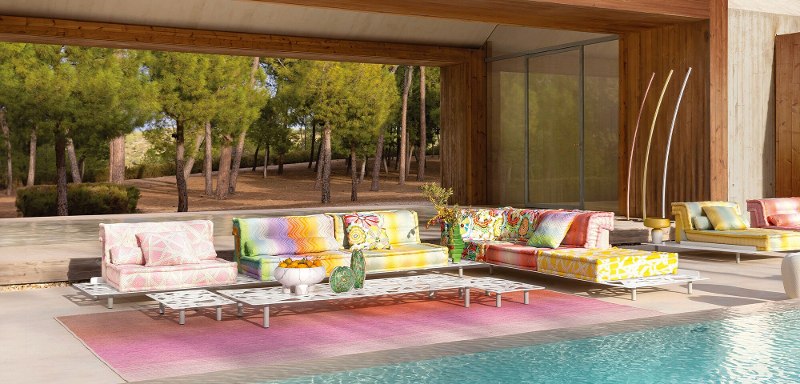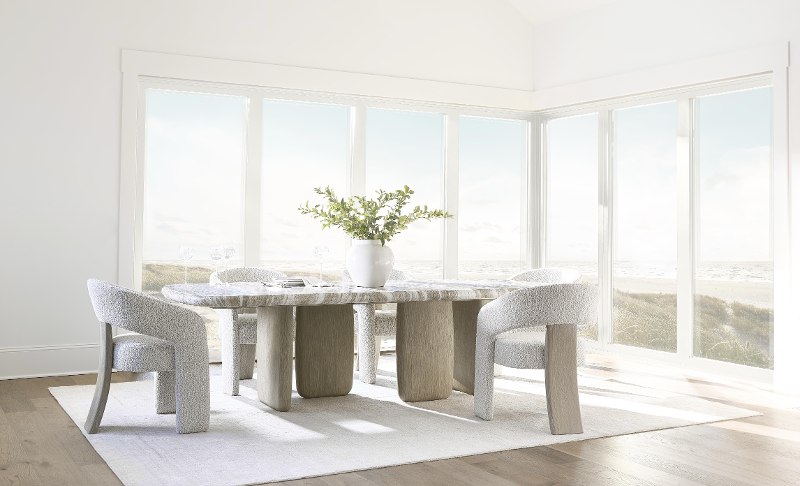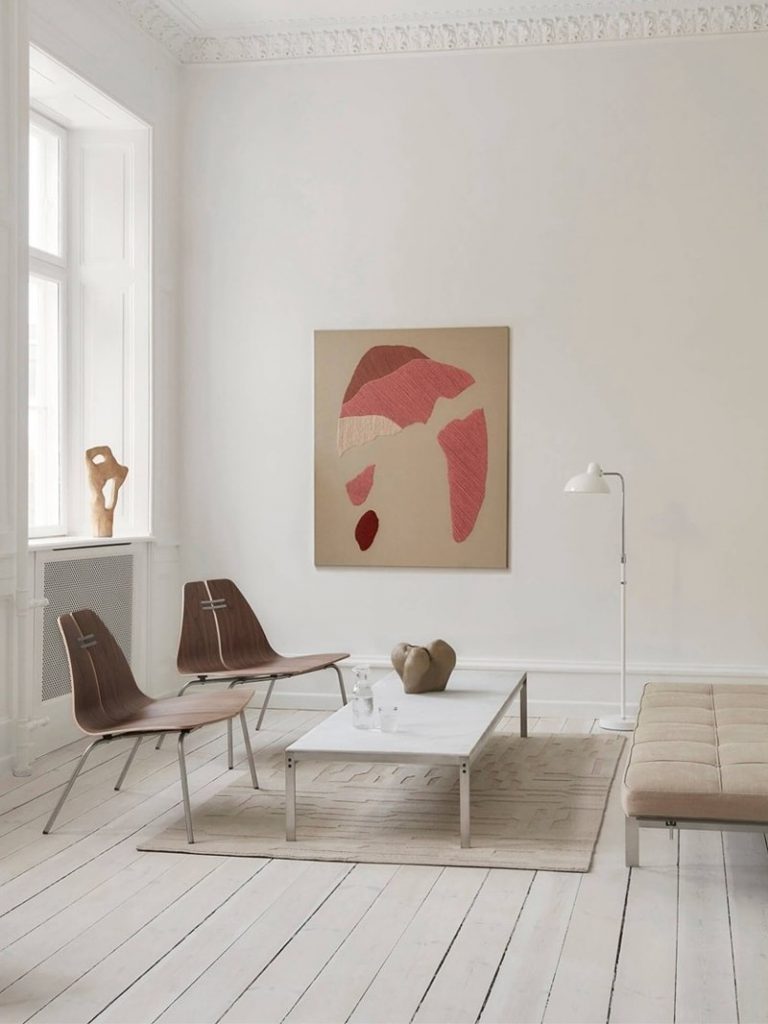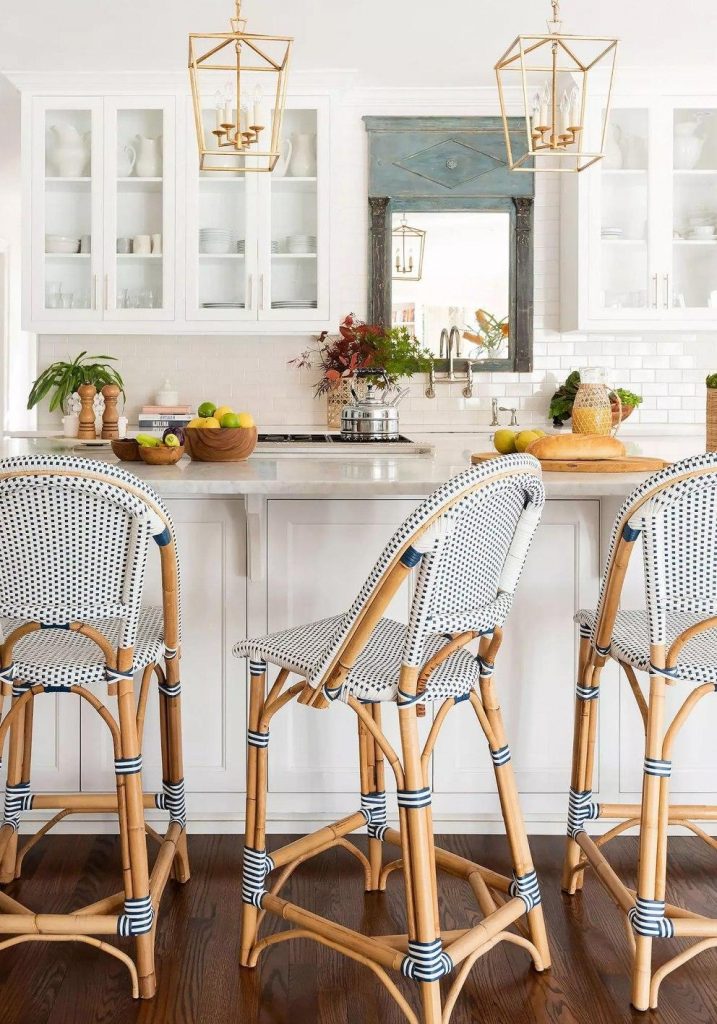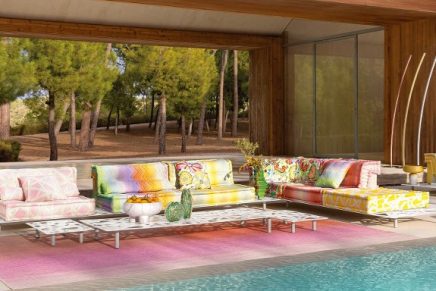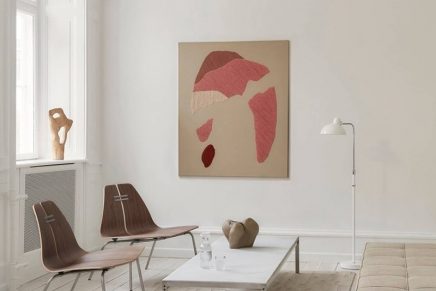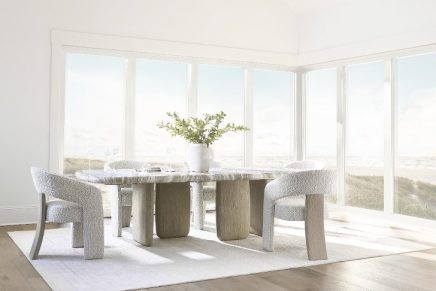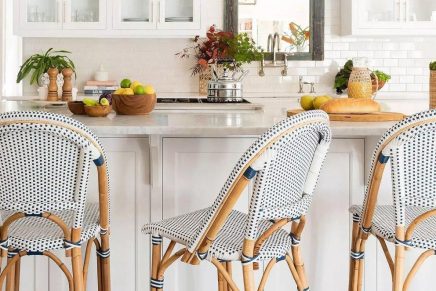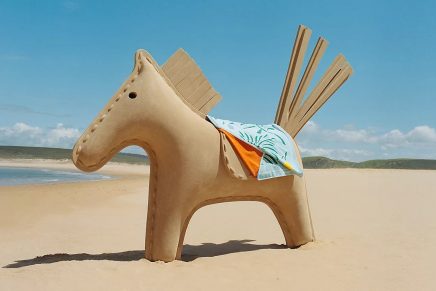Summer 2025: The Latest in High-End Home Furnishings
The summer months of 2025 saw the luxury furniture market continuing its robust growth, driven by a global appreciation for craftsmanship, enduring design, and an increasingly sophisticated demand for sustainability. Brands are not just launching new collections; they are articulating a vision of living that prioritizes comfort, personalization, and environmental responsibility.
The luxury furniture market is experiencing strong growth, with projections placing its value at approximately $32.34 billion in 2025, expanding further in the coming years. This growth is fueled by several factors:
Rising Disposable Incomes & Lifestyle Aspirations: Consumers, particularly in the burgeoning markets of Asia-Pacific (led by India and the Gulf countries), are increasingly investing in high-end furnishings to create opulent and aesthetically pleasing living spaces.
Urbanization & Luxury Real Estate: The global expansion of luxury real estate and rapid urbanization are driving demand for bespoke and high-quality furniture for both residential and commercial projects (e.g., hospitality, premium office spaces).
Digitalization & Customization: The market is embracing AI-driven digital design experiences and virtual/augmented reality shopping, offering clients unprecedented customization options and immersive retail journeys.
Sustainability as a Core Value: There’s a clear shift towards furniture crafted from eco-friendly, recycled, and responsibly sourced materials. This is no longer a niche but a defining characteristic of modern luxury furniture.
Notable Launches & Collections (June – August 2025):
Luxury furniture brands are showcasing collections that blend timeless elegance with contemporary trends, emphasizing organic forms, rich textures, and advanced material innovation.
Bernhardt: The brand was active this summer, winning a Market Snapshot People’s Choice Award at the July 2025 Las Vegas Market for its Arcadia Dining collection, recognized for its standout design. Bernhardt also announced new pieces in its Interiors line, defined by “sculptural forms, refined finishes, and unexpected materials,” emphasizing “Design You Can Feel,” which elevates texture into a design language. This highlights a focus on sensory experience and sophisticated material combinations.
Fritz Hansen: Known for its timeless classics, Fritz Hansen launched its Spring/Summer 2025 Collection, bringing “fresh functionality in beautifully crafted form for every space.” The collection features new lighting options and exquisitely crafted lounge pieces for both indoor and outdoor settings, emphasizing contemporary design and durable, certified wood.
Roche Bobois: The French art de vivre specialist unveiled its Spring-Summer Collection 2025, featuring designs by renowned artists like Sacha Lakic (e.g., the “Bubble” series) and Andrea Casati (e.g., “Alliage,” “Cigale”). The collection brochure showcases a continuation of their iconic, sculptural, and often colorful pieces, blending artistic expression with high-end functionality. They are also offering a “Quick Ship Service” for iconic pieces, catering to immediate demand without compromising on luxury.
Other Notable Mentions & Influencing Trends:
Outdoor Living: Brands like Arhaus, Serena & Lily, Outer, and Yardbird continued to expand their luxury outdoor furniture offerings, with a strong focus on sustainable materials (recycled wicker, weather-resistant teak) and designs that merge indoor comfort with outdoor durability.
Curved & Sculptural Forms: A dominant trend across many brands, including CB2, is the move towards softer, more organic silhouettes. Curved sofas, rounded chairs, and sculptural side tables are replacing sharper lines, creating a sense of calm and inviting comfort.
Natural Materials & Earthy Tones: Wood (especially reclaimed and FSC-certified), natural stone, bouclé, velvet, and various woven fibers remain popular, paired with warm, earthy color palettes (terracotta, sage green, sandy beige) to create grounded and serene environments.
Sustainability as a Design Principle: Brands are actively promoting furniture made from reclaimed wood, recycled metals, organic cotton, bamboo silk, and other plant-based materials. Certifications like GOTS (Global Organic Textile Standard) and GREENGUARD are becoming key indicators of a brand’s commitment to eco-conscious practices.
Artisanal & Handcrafted Pieces: There’s a strong appreciation for the unique touch of handcrafted items, with brands supporting local artisans and ethical production. This resonates with the “desirable individuality” trend where consumers seek pieces that tell a story.
Discreet Technology Integration: While not always a “launch” per se, the trend of seamlessly integrating technology (e.g., invisible wireless charging, sensor-activated lighting) into luxury furniture continues to evolve, enhancing functionality without disrupting aesthetics.
The summer of 2025 underscores a luxury furniture market that is both resilient and adaptable. Brands are responding to a sophisticated consumer who values not just the aesthetic appeal and exclusivity of a piece, but also its story, its environmental footprint, and its ability to contribute to a serene and personalized living space. The future of luxury furniture is increasingly about creating enduring pieces that combine artistic vision with ethical responsibility and a deep understanding of modern comfort.

